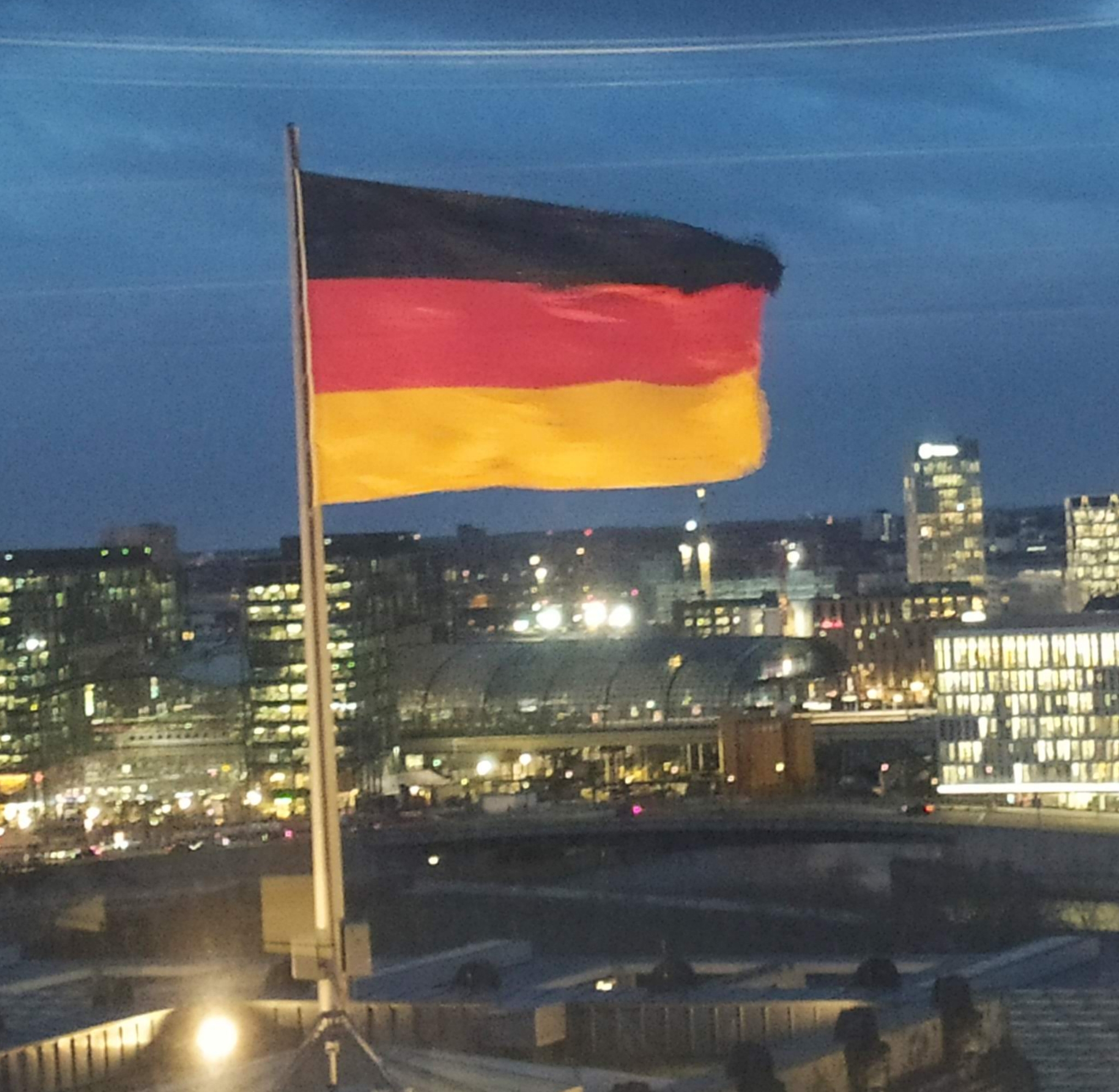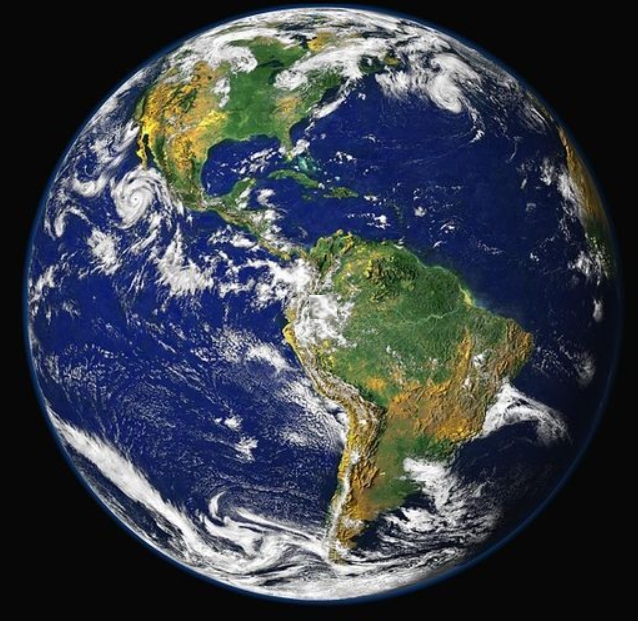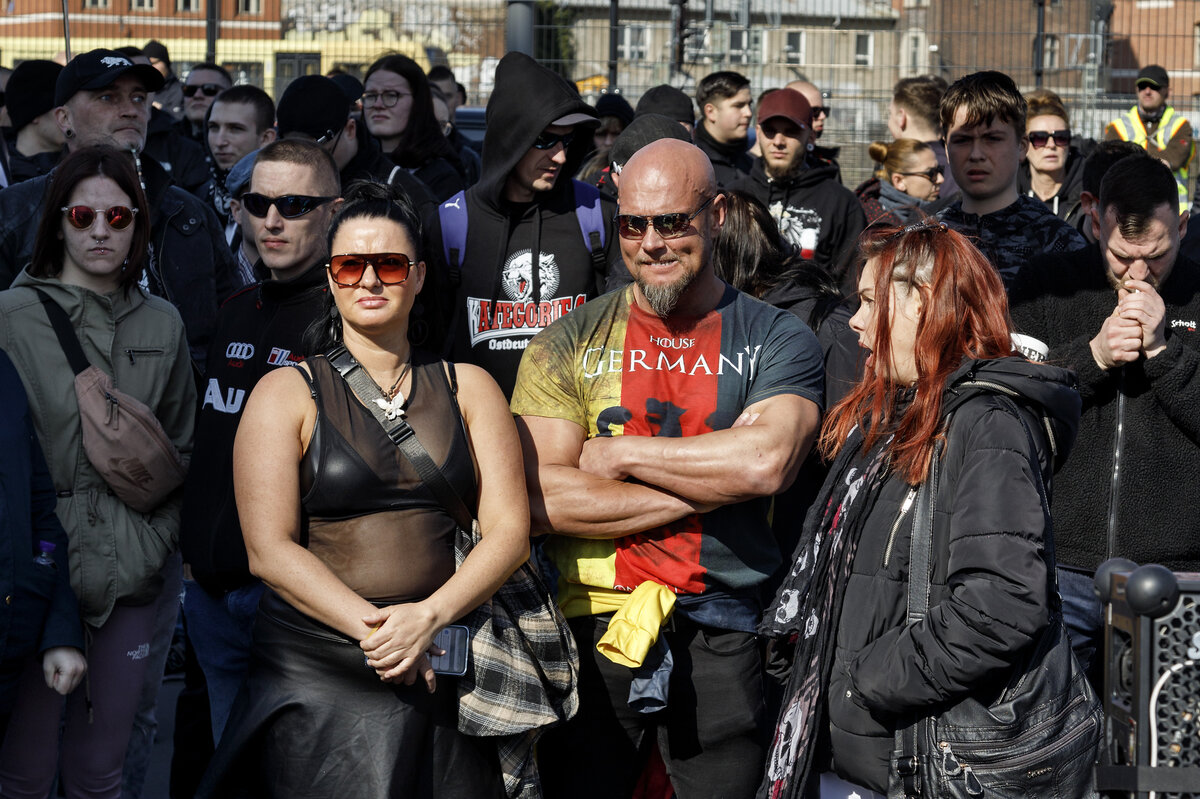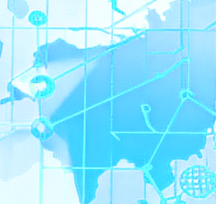

It makes no sense at all to use this argument to reason in favor of building out energy generation that needs a decade+ to come online and which only ever works with massive corporate and state support.
Solar starts to work at the scale where a random dude in Pakistan screws a couple of panels on their roof without any permits. Nuclear starts to work at the scale where either a corporate behemoth (like GE or Siemens or Hitachi) or a multi-billionaire-financed startup sells a concept to a state-subsidized utility and then they collectively go through years of permits and construction.
Even if solar were a little more expensive per kWh at scale (which is mostly a matter of tuning the calculations the way you prefer), it’s just so! much! easier! to roll out.
And no, we don’t need an ever-increasing supply of power. What we actually need is for people to have a standard of life that they’re happy with. Which has some relation to use of energy but unlike what the article suggests, that correlation is nowhere near linear. People in the US don’t have proper healthcare, they live in sad places cut apart by vast car infrastructure, their cities are still suffering from the aftermath of redlining, etc. — their energy consumption is higher than in many parts of the EU, yet their standard of living is, on average, a lot lower.




















Oh dear, did I miss the point where that part came in somehow?